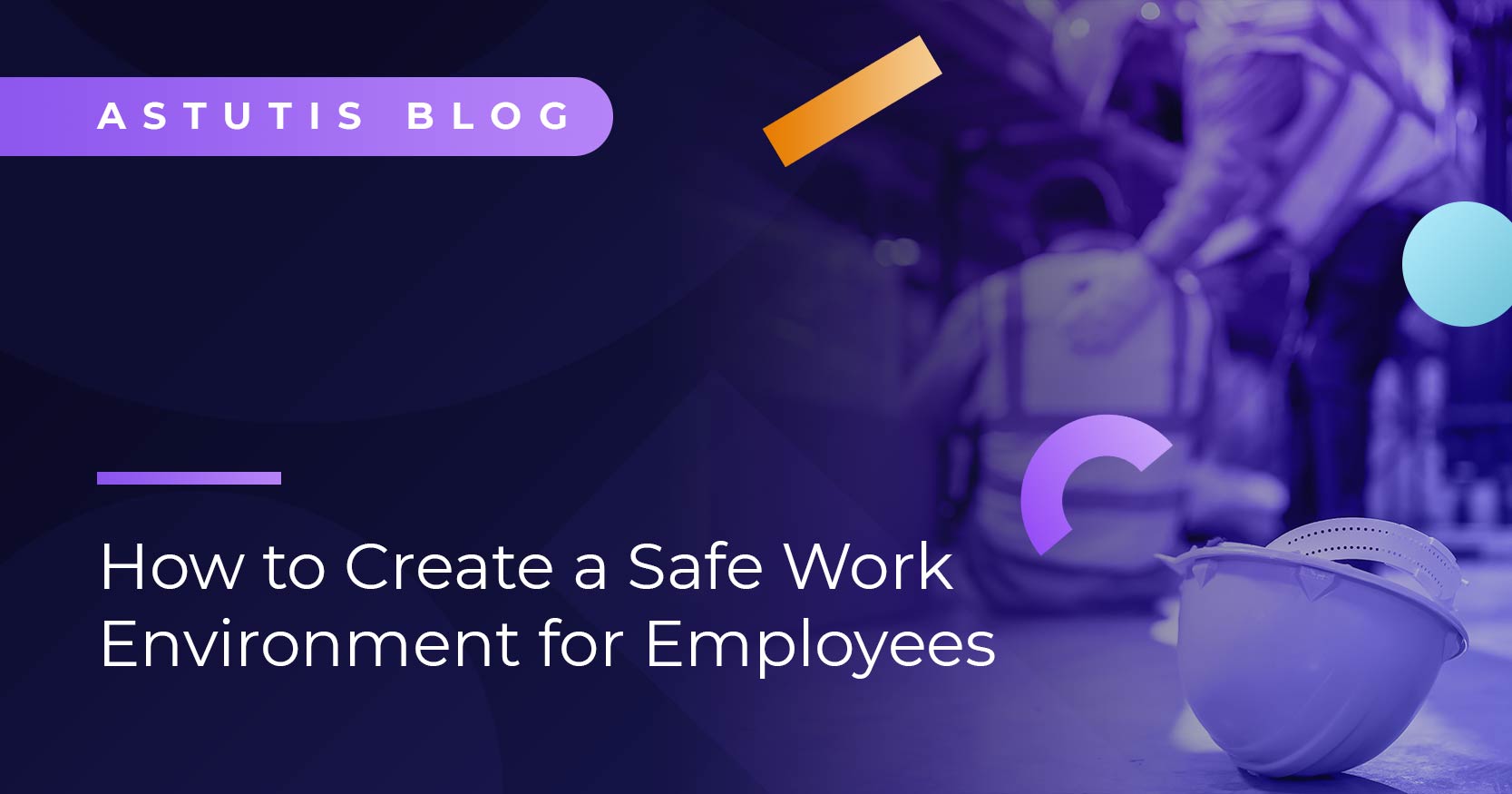The Dreaded ‘D’ – (1) tackling your NEBOSH workplace assignment
This post is relevant for all students who started their NEBOSH National/International Diploma before September 2017 and have to complete the Unit D or ID assignment. The last resubmission date for this Unit (2010 specification only) in 29 August 2018. This Unit has been replaced by Unit DNI 2015 specification for all new and current NEBOSH National and International Diploma learners.
The Unit D or ID of the NEBOSH Diploma course is an assignment where you, the learner, carry out a detailed review of the health and safety performance of a workplace or organisation and produce a justified action plan to improve performance. The assignment requires that the learner applies the knowledge and understanding gained from their studies of unit A, B and C (national) or IA, IB an IC (international) in a practical environment and to carry out critical analysis and evaluation of information gathered during the review and is typically the last unit to be addressed by the learner.
So What’s It All About?
The NEBOSH National and International Diploma qualifications require learners to submit an assignment of approximately 8000 words for their Unit D/ID. This can be taken only after students have sat exams for Units A, B and C, (if national) or IA, IB and IC (for international). However, it is not necessary to have got the results back from the sitting of these exams before submitting this unit. So whether you have passed or possibly failed any of the exams, provided you have sat all three, and are registered with a course provider, you should be able to submit a Unit D or ID to NEBOSH.
Like Every Good Boy Scout - Be Prepared!
If you are thinking about submission of the unit D/ID, then the following information should assist you at the planning stage.
First things first (and at the risk of stating the obvious...but for good reason), read the NEBOSH Candidate Guidance on Units D and ID here before committing pen to paper (or fingers to keyboard).
Choosing an Appropriate Workplace
One of the hardest things about the unit D/ID can be ensuring that your chosen workplace is appropriate. If you are considering a very large organisation, it may be best to limit yourself to just one part of that organisation, for example one team or department. In this way, you may be able to look at processes in place in more detail. If your chosen workplace is rather small, then although gathering the data may be considered easier, you then need to consider whether there would be a sufficient number of hazards for the hazard spotting exercise in the second part of the Unit D/ID.
Don’t forget to include information about contractors and other workers or visitors who may be exposed to hazards in and around your chosen workplace.
Your Report Should Include:
An introduction
Set the scene by stating clear aims and objectives and a description of the methodology employed to carry out the assignment; A description - of the chosen workplace/organisation to set a context for the assignment(here the candidate will need to consider the legal framework within which the workplace/organisation operates) and An overview of the current health and safety management system - in which the candidate should critically review the health and safety management system.
Presentation of Your Findings
I would recommend starting a document in word (or similar word processing package), and setting it up according to NEBOSH guidelines, with the correct margins, pitch size and line spacing. I would also recommend taking the full descriptions for the maximum marks available from the relevant unit D/ID guide and copying these into you draft document. Remember to remove these descriptions before submission but it is a neat trick to keep you focussed on the task at hand and should help you to understand exactly what is required of each section of the Unit.
The NEBOSH Candidates guides, (Unit D and ID) suggest that there are up to 8 possible marks available for planning and presentation within your assignment so it's not to be sniffed at – first impressions count!
A clear, logical structure and your assignment fully meeting the requirements of the brief will get you off on the right foot. Furthermore, writing style ought to be user friendly and there should be further evidence of extensive research with all references cited correctly using a recognised system (Harvard or Vancouver referencing). There are many websites available that assist people to properly reference their work to either of these systems. Tip – I have found it useful for learners to keep a separate book nearby to the computer, then every-time the learner searches for information on the computer relating to the unit D/ID, this can be logged. What is required in the Harvard system for example, is a full string as a reference, a subject, then the date accessed. Alternatively, these can be copied and pasted into a separate word document which you would then need to give a subject to and date then order. All the web and book references need to be ordered before submission.
It is also really helpful to have a clear and concise contents page so that the examiner can find the information easily within your submission.If however, your structure is poor, with much of the information in the wrong sections, difficult to read with little or no evidence of research and references with no accepted system of referencing used, then your assignment unlikely to attract any more than a maximum of 2 marks here.
An Exercise in Data Gathering
Generally, NEBOSH have anticipated that learners will be gathering data for either the Unit D or ID as they study, irrespective as to the method of study. However, for one reason or another, you as a learner may not have gathered information (or as much as you would have liked) regarding your chosen organisation for a variety of reasons. If this may be you, then you should think carefully about timeframes. For example, if you have just started a new role, you may find it difficult to commit the study time to Unit D/ID and or find it difficult to gather the data about how the organisation operates, as you won’t yet know who to ask for what. This could make writing the Unit D/ID more of a challenge compared to undertaking Unit D/ID in an organisation to which you are fairly familiar.
Consider in advance therefore, who might you wish to speak to (interview) as part of your unit D/ID. Consider how long it might take you to gather all of the essential information required and process it before your submission. This might include looking up in-company information as well as referring to legal principles and best practice throughout the submission. Ensure that all references are properly cited (as above).
Plagiarism is not permitted within your submission, and you should take care to ensure that the work you submit is your own work.
Another useful tip is to justify every point that you make within the unit D/ID, so that your evidence points to the facts, conclusions and ultimately references that you then draw on at a later stage.
Maximum Marks Available
- Planning and presentation - 8
- Introduction (aims and objectives and description of the organisation) - 6
- Introduction (legislation and cases in law relevant to the organisation) - 4
- Main body (review of H&S management system description of H&S management system) - 6
- Main body (gap analysis) - 6
- Main body (hazard identification physical hazards - unit C) - 8
- Main body (hazard identification health and welfare hazards - unit B) - 8
- Main body (risk assessment physical hazard activity) - 10
- Main body (risk assessment health and welfare activity) - 10
- Conclusions - 6
- Recommendations - 6
- Action plan 1 H&S management system - 6
- Action plan 2 Hazards and risks - 6
- Executive summary - 10
You are required to obtain a minimum of 50 marks to pass the Unit D/ID.
Register in Plenty of Time
You cannot submit a Unit D/ID to NEBOSH without registering your interest to submit (normally via your course provider) and then, ensuring that your unit D log is completed by your course provider and yourself. There are often paper forms to complete for both of these processes. As the Unit D/ID can be submitted four times a year, you need to decide in advance when you wish to submit. Course providers need lead in times to notify NEBOSH of your intention to submit your unit D/ID before you decide to proceed. There may be financial penalties for you if you decide not to submit once you have confirmed your interest to submit if you do not proceed as planned. Check with your course provider as the lead in times and processes will vary from provider to provider.
Late submissions without confirmation are not accepted by NEBOSH. There are four submissions dates per year, all available on the NEBOSH website.
Remember that your course provider will need to know well in advance if you intend to submit your Unit D/ID as they will need to register for you to do so. Ensure that you contact your providers. Within Astutis for example, registration deadline for unit D/ID submission is approximately 7 weeks in advance of the NEBOSH submission deadline date (above).
For further help with approaching unit d, keep an eye out for Lorna's upcoming posts.
Related Blogs

Real Life Stories









